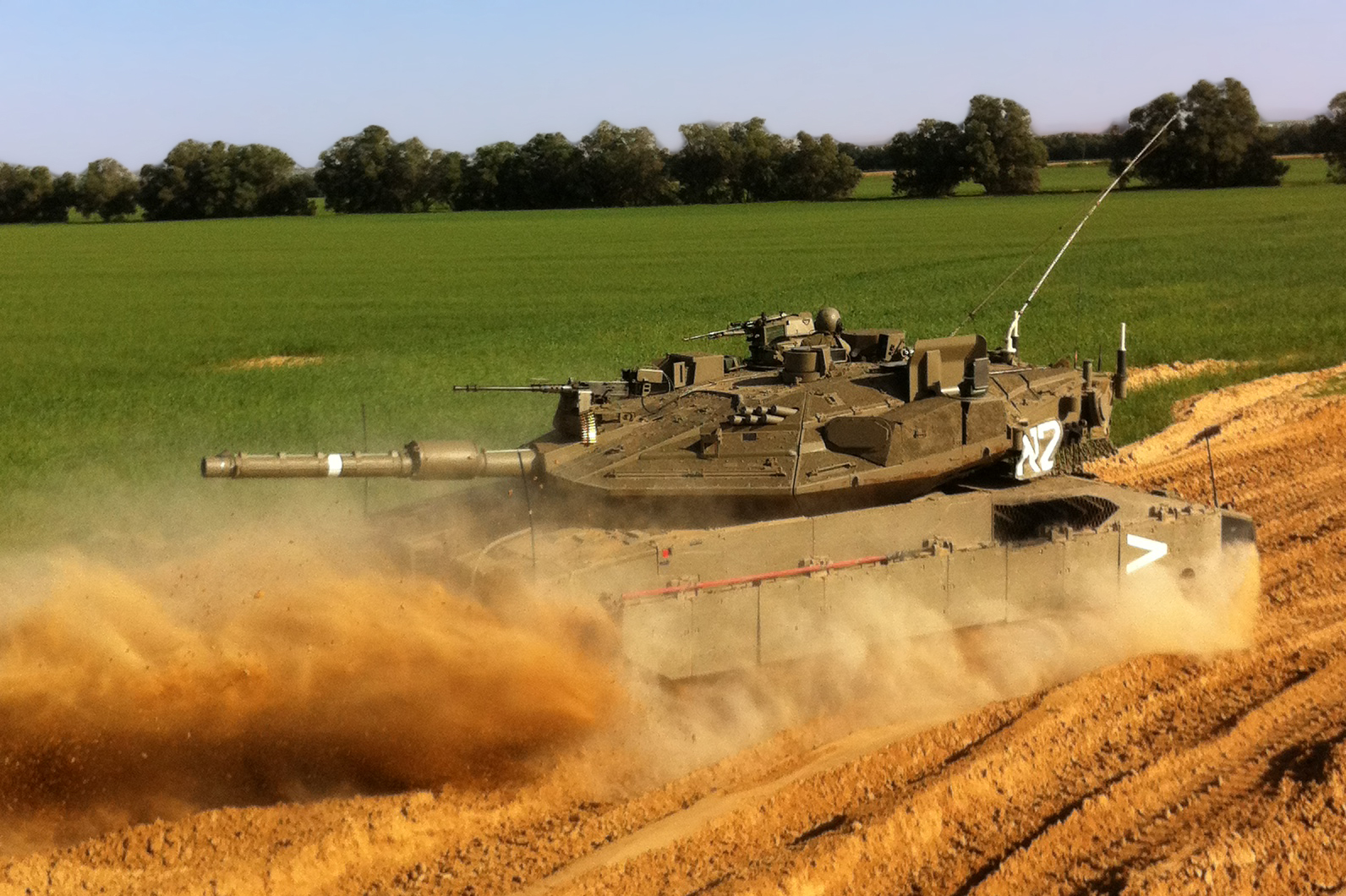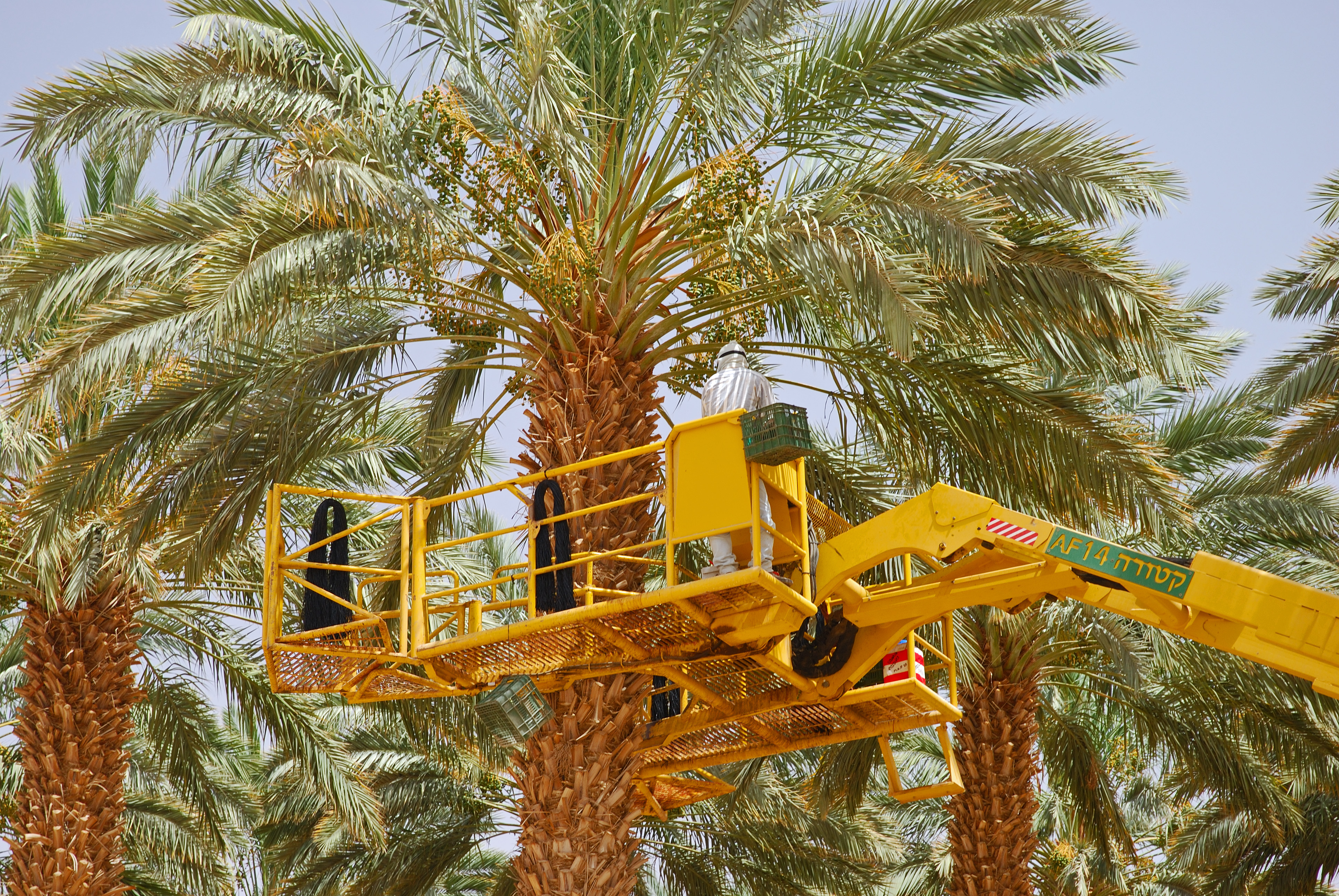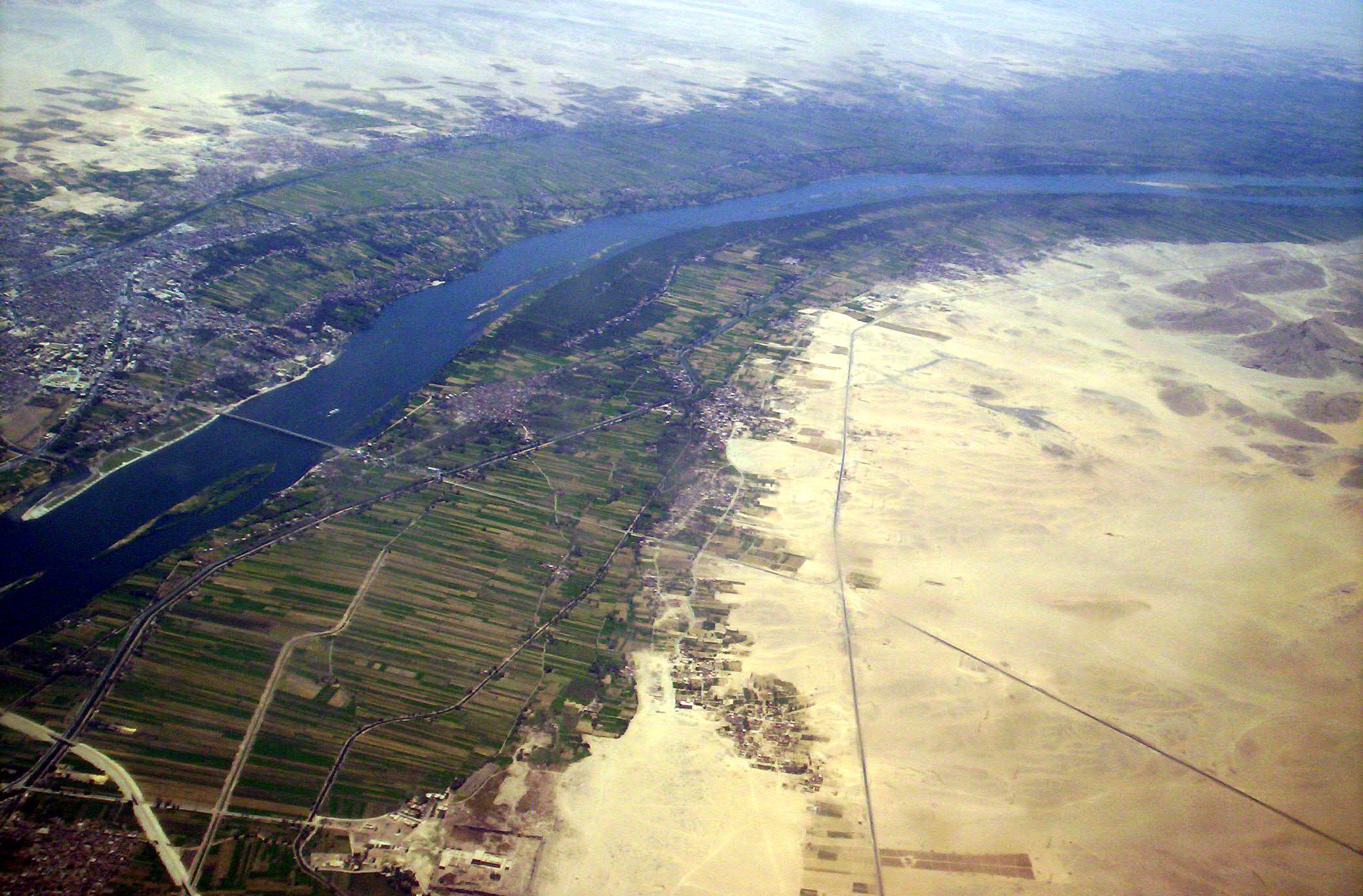|
Talmei Yosef
Talmei Yosef ( he, תַּלְמֵי יוֹסֵף, ''lit.'' Yosef Furrows) is a moshav in southern Israel. Located in the Hevel Shalom area of the north-western Negev desert near the Gaza Strip border, it falls under the jurisdiction of Eshkol Regional Council. In it had a population of . History The moshav was established in 1982 by former residents of Talmei Yosef, an Israeli settlement in Sinai. The original settlement's residents were evacuated as a result of the Camp David Accords, and re-settled in Israel, naming their new settlement after their previous one (after Yosef Weitz, a former director of the Land and Afforestation Department of the Jewish National Fund). In May 2015, KKL Belgium established a green landscaping project around the local synagogue in memory of Yilona Nejszaten, one of the "hidden children" of the Holocaust. In 2005, one moshav resident opened an educational farm called the "Salad Trail." Visitors see how Israel's agricultural technologies allow ... [...More Info...] [...Related Items...] OR: [Wikipedia] [Google] [Baidu] |
Israeli Settlement
Israeli settlements, or Israeli colonies, are civilian communities inhabited by Israeli citizens, overwhelmingly of Jewish ethnicity, built on lands occupied by Israel in the 1967 Six-Day War. The international community considers Israeli settlements to be illegal under international law, though Israel disputes this. Israeli settlements currently exist in the West Bank (including East Jerusalem), claimed by the State of Palestine as its sovereign territory, and in the Golan Heights, widely viewed as Syrian territory. East Jerusalem and the Golan Heights have been effectively annexed by Israel, though the international community has rejected any change of status in both territories and continues to consider each occupied territory. Although the West Bank settlements are on land administered under Israeli military rule rather than civil law, Israeli civil law is "pipelined" into the settlements, such that Israeli citizens living there are treated similarly to those livi ... [...More Info...] [...Related Items...] OR: [Wikipedia] [Google] [Baidu] |
Yosef Weitz
Yosef Weitz ( he, יוסף ויץ; 1890–1972) was the director of the Land and Afforestation Department of the Jewish National Fund (JNF). From the 1930s, Weitz played a major role in acquiring land for the Yishuv, the pre-state Jewish community in Palestine. Biography Yosef Weitz was born in Boremel, Volhynia in the Russian Empire in 1890. In 1908, he immigrated to Palestine with his sister, Miriam, and found employment as a watchman and an agricultural laborer in Rehovot. In 1911, he was one of the organizers of the Union of Agricultural Laborers in Eretz Yisrael. Weitz married Ruhama and their eldest son, Ra'anan, was born in 1913. Two years later, in 1915, Yosef Weitz was appointed foreman of the Sejera training farm (now Ilaniya) in the Lower Galilee. Weitz helped to found Yavne'el, Yavniel, one of the first pioneer colonies in the Galilee, and later, the Beit HaKerem, Jerusalem, Beit Hakerem neighborhood in Jerusalem. His son Yehiam (Hebrew for "long live the nation"), b ... [...More Info...] [...Related Items...] OR: [Wikipedia] [Google] [Baidu] |
Gaza Envelope
The Gaza envelope ( he, עוטף עזה, ''Otef Aza'') is the populated areas of Israel that are within of the Gaza Strip border and are therefore within range of mortar shells and Qassam rockets launched from the Gaza Strip. The region is populated by 70,000 Israeli citizens according to the Israeli ministry of internal affairs. History Following the Israeli withdrawal from the Gaza Strip in 2005, there was an increase in cross-border shelling and rocket attacks into Israel. Data collected by the Israeli Security Agency showed an increase in shelling from 401 shells in 2005 rising year-on-year to 2,048 in 2008 before falling back to 569 in 2009. In response to the increase in shelling, in 2007 the Knesset passed the "Assistance to Sderot and the Western Negev (Temporary Provision) Law, 2007", which recognized these communities (and additional communities in the area designated by the Minister of Finance's order) as "Confrontation-line Communities" and gave them special privil ... [...More Info...] [...Related Items...] OR: [Wikipedia] [Google] [Baidu] |
Populated Places Established In 1982
Population typically refers to the number of people in a single area, whether it be a city or town, region, country, continent, or the world. Governments typically quantify the size of the resident population within their jurisdiction using a census, a process of collecting, analysing, compiling, and publishing data regarding a population. Perspectives of various disciplines Social sciences In sociology and population geography, population refers to a group of human beings with some predefined criterion in common, such as location, race, ethnicity, nationality, or religion. Demography is a social science which entails the statistical study of populations. Ecology In ecology, a population is a group of organisms of the same species who inhabit the same particular geographical area and are capable of interbreeding. The area of a sexual population is the area where inter-breeding is possible between any pair within the area and more probable than cross-breeding with ind ... [...More Info...] [...Related Items...] OR: [Wikipedia] [Google] [Baidu] |
Moshavim
A moshav ( he, מוֹשָׁב, plural ', lit. ''settlement, village'') is a type of Israeli town or settlement, in particular a type of cooperative agricultural community of individual farms settler, pioneered by the Labor Zionism, Labour Zionists between 1904 and 1914, during what is known as the Second Aliyah, second wave of ''aliyah''. A resident or a member of a moshav can be called a "moshavnik" (). The moshavim are similar to kibbutzim with an emphasis on community labour. They were designed as part of the Zionist state-building programme following the green revolution Yishuv ("settlement") in the Mandatory Palestine, British Mandate of Palestine during the early 20th century, but in contrast to the collective farming kibbutzim, farms in a moshav tended to be individually owned but of fixed and equal size. Workers produced crops and other goods on their properties through individual or pooled labour with the profit and foodstuffs going to provide for themselves. Mosha ... [...More Info...] [...Related Items...] OR: [Wikipedia] [Google] [Baidu] |
Agriculture In Israel
Agriculture in Israel is a highly developed industry. Israel is a major exporter of fresh produce and a world-leader in agricultural technologies despite the fact that the geography of the country is not naturally conducive to agriculture. More than half of the land area is desert, and the climate and lack of water resources do not favor farming. Only 20% of the land area is naturally arable. In 2008 agriculture represented 2.5% of total GDP and 3.6% of exports. While farmworkers made up only 3.7% of the work force, Israel produced 95% of its own food requirements, supplementing this with imports of grain, oilseeds, meat, coffee, cocoa and sugar. Israel is home to two unique types of agricultural communities, the kibbutz and moshav, which developed as Jews from all over the world made aliyah to the country and embarked on rural settlement. As of 2016, kibbutzim provided Israel with about 40% of its agricultural produce. History The development of modern agriculture was closel ... [...More Info...] [...Related Items...] OR: [Wikipedia] [Google] [Baidu] |
Desert Farming
Desert farming is the practice of developing agriculture in deserts. As agriculture depends upon irrigation and water supply, farming in arid regions where water is scarce is a challenge. However, desert farming has been practiced by humans for thousands of years. In the Negev Desert, there is evidence to suggest agriculture as far back as 5000 BC. Today, the Imperial Valley in southern California, Australia, Saudi Arabia, Israel and Palestine are examples of modern desert agriculture. Water efficiency has been important to the growth of desert agriculture. Water reuse, desalination, and drip irrigation are all modern ways that regions and countries have expanded their agriculture despite being in an arid climate. History Humans have been practicing and refining agriculture for millennia. Many of the earliest civilizations such as ancient Assyria, Israel/Judah, Egypt, and the Indus River Valley Civilization were founded in irrigated regions surrounded by desert. As t ... [...More Info...] [...Related Items...] OR: [Wikipedia] [Google] [Baidu] |
Holocaust
The Holocaust, also known as the Shoah, was the genocide of European Jews during World War II. Between 1941 and 1945, Nazi Germany and its collaborators systematically murdered some six million Jews across German-occupied Europe; around two-thirds of Europe's Jewish population. The murders were carried out in pogroms and mass shootings; by a policy of extermination through labor in concentration camps; and in gas chambers and gas vans in German extermination camps, chiefly Auschwitz-Birkenau, Bełżec, Chełmno, Majdanek, Sobibór, and Treblinka in occupied Poland. Germany implemented the persecution in stages. Following Adolf Hitler's appointment as chancellor on 30 January 1933, the regime built a network of concentration camps in Germany for political opponents and those deemed "undesirable", starting with Dachau on 22 March 1933. After the passing of the Enabling Act on 24 March, which gave Hitler dictatorial plenary powers, the government began isolating Je ... [...More Info...] [...Related Items...] OR: [Wikipedia] [Google] [Baidu] |
Jewish National Fund
Jewish National Fund ( he, קֶרֶן קַיֶּימֶת לְיִשְׂרָאֵל, ''Keren Kayemet LeYisrael'', previously , ''Ha Fund HaLeumi'') was founded in 1901 to buy and develop land in Ottoman Syria (later Mandatory Palestine, and subsequently Israel and the Palestinian territories) for Jewish settlement. The JNF is a non-profit organization.Professor Alon Tal, The Mitrani Department of Desert Ecology, The Blaustein Institutes for Desert Research, Ben Gurion University of the Nege"NATIONAL REPORT OF ISRAEL, Years 2003-2005, TO THE UNITED NATIONS CONVENTION TO COMBAT DESERTIFICATION (UNCCD)"; State of Israel, July 2006 By 2007, it owned 13% of the total land in Israel. Since its inception, the JNF says it has planted over 240 million trees in Israel. It has also built 180 dams and reservoirs, developed of land and established more than 1,000 parks. In 2002, the JNF was awarded the Israel Prize for lifetime achievement and special contribution to society and the State of ... [...More Info...] [...Related Items...] OR: [Wikipedia] [Google] [Baidu] |
Camp David Accords
The Camp David Accords were a pair of political agreements signed by Egyptian President Anwar Sadat and Israeli Prime Minister Menachem Begin on 17 September 1978, following twelve days of secret negotiations at Camp David, the country retreat of the President of the United States in Maryland.Camp David Accords – Israeli Ministry of Foreign Affairs The two framework agreements were signed at the and were witnessed by . ... [...More Info...] [...Related Items...] OR: [Wikipedia] [Google] [Baidu] |
Eshkol Regional Council
Eshkol Regional Council ( he, מועצה אזורית אשכול, ''Mo'atza Ezorit Eshkol'') is a regional council in the north-western Negev, in Israel's Southern District. The regional council's territory lies midway between Ashkelon and Beersheba, bounded on the west by the Gaza Strip while the eastern border abuts the territory of the Bnei Shimon Regional Council. Due to its proximity to the Gaza Strip, the region has experienced numerous sporadic waves of violence, primarily as a result of rocket attacks, mortar strikes, and fires caused by incendiary kites and balloons launched from Gaza Strip. These waves of violence often result in widespread damage to farms and structures within the region. Transport Eshkol Regional Council is linked to Tel Aviv by bus routes 379 (local) and route 479 (express), to Be'er Sheva by bus route 35, to Ashkelon by bus route 36 and to Jerusalem by bus 495. Inside the regional council's territory there are six bus routes linking the kibbutzim a ... [...More Info...] [...Related Items...] OR: [Wikipedia] [Google] [Baidu] |
Sinai Peninsula
The Sinai Peninsula, or simply Sinai (now usually ) (, , cop, Ⲥⲓⲛⲁ), is a peninsula in Egypt, and the only part of the country located in Asia. It is between the Mediterranean Sea to the north and the Red Sea to the south, and is a land bridge between Asia and Africa. Sinai has a land area of about (6 percent of Egypt's total area) and a population of approximately 600,000 people. Administratively, the vast majority of the area of the Sinai Peninsula is divided into two Governorates of Egypt, governorates: the South Sinai Governorate and the North Sinai Governorate. Three other governorates span the Suez Canal, crossing into African Egypt: Suez Governorate on the southern end of the Suez Canal, Ismailia Governorate in the center, and Port Said Governorate in the north. In the classical era the region was known as Arabia Petraea. The peninsula acquired the name Sinai in modern times due to the assumption that a mountain near Saint Catherine's Monastery is the Biblical ... [...More Info...] [...Related Items...] OR: [Wikipedia] [Google] [Baidu] |







